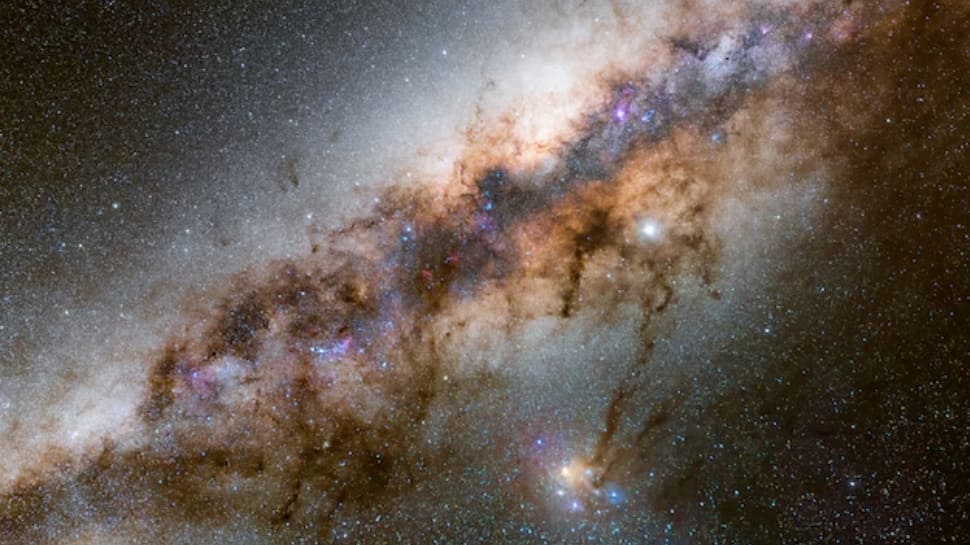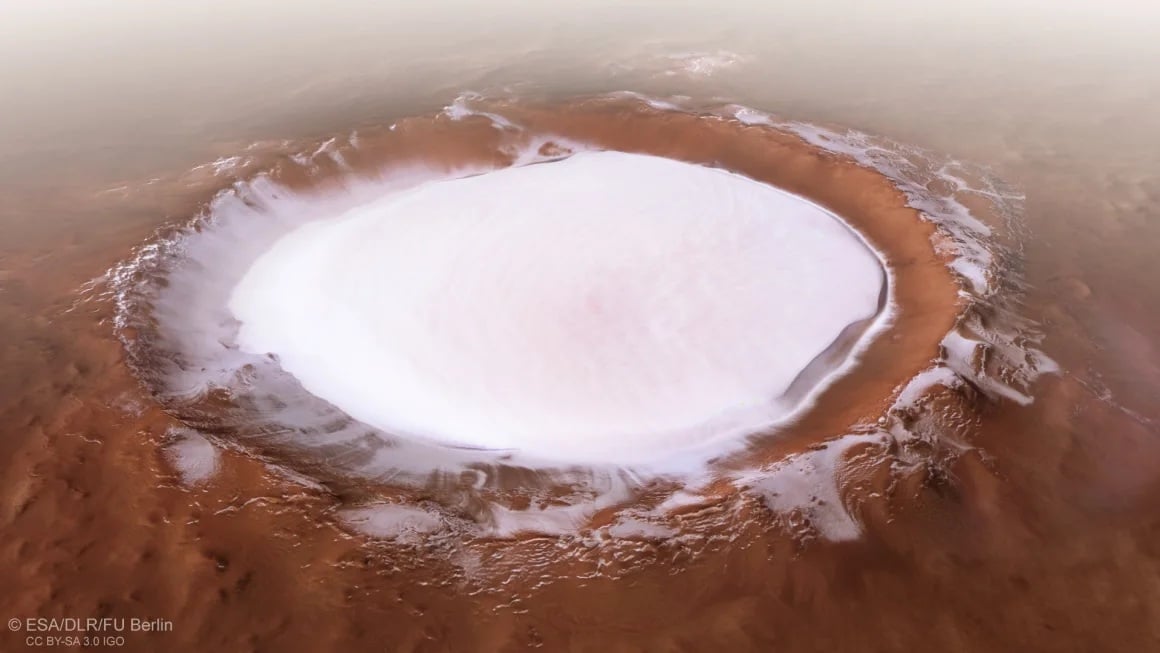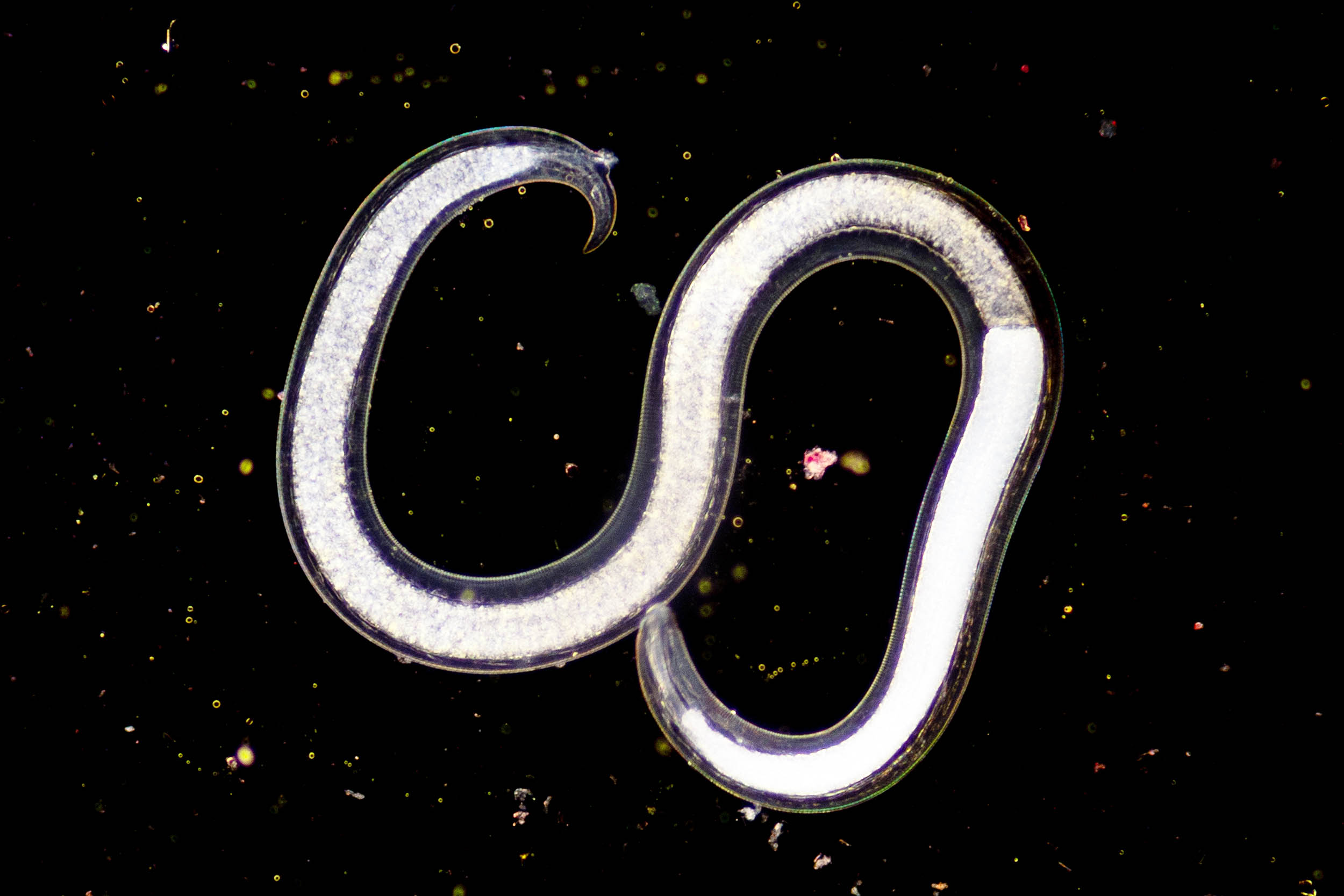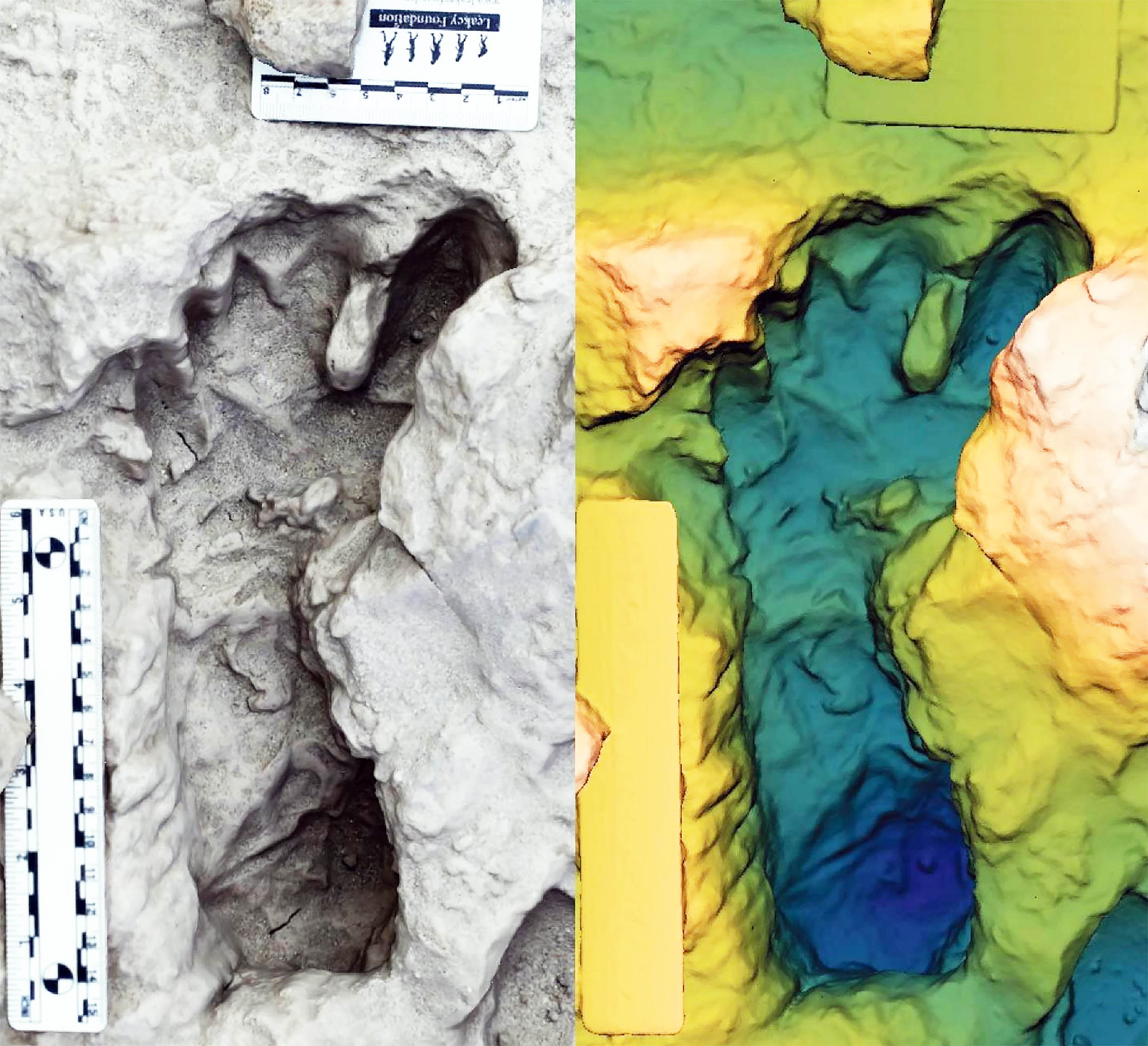Scientists Capture the Unbelievable: Two Black Holes Dancing in Space!
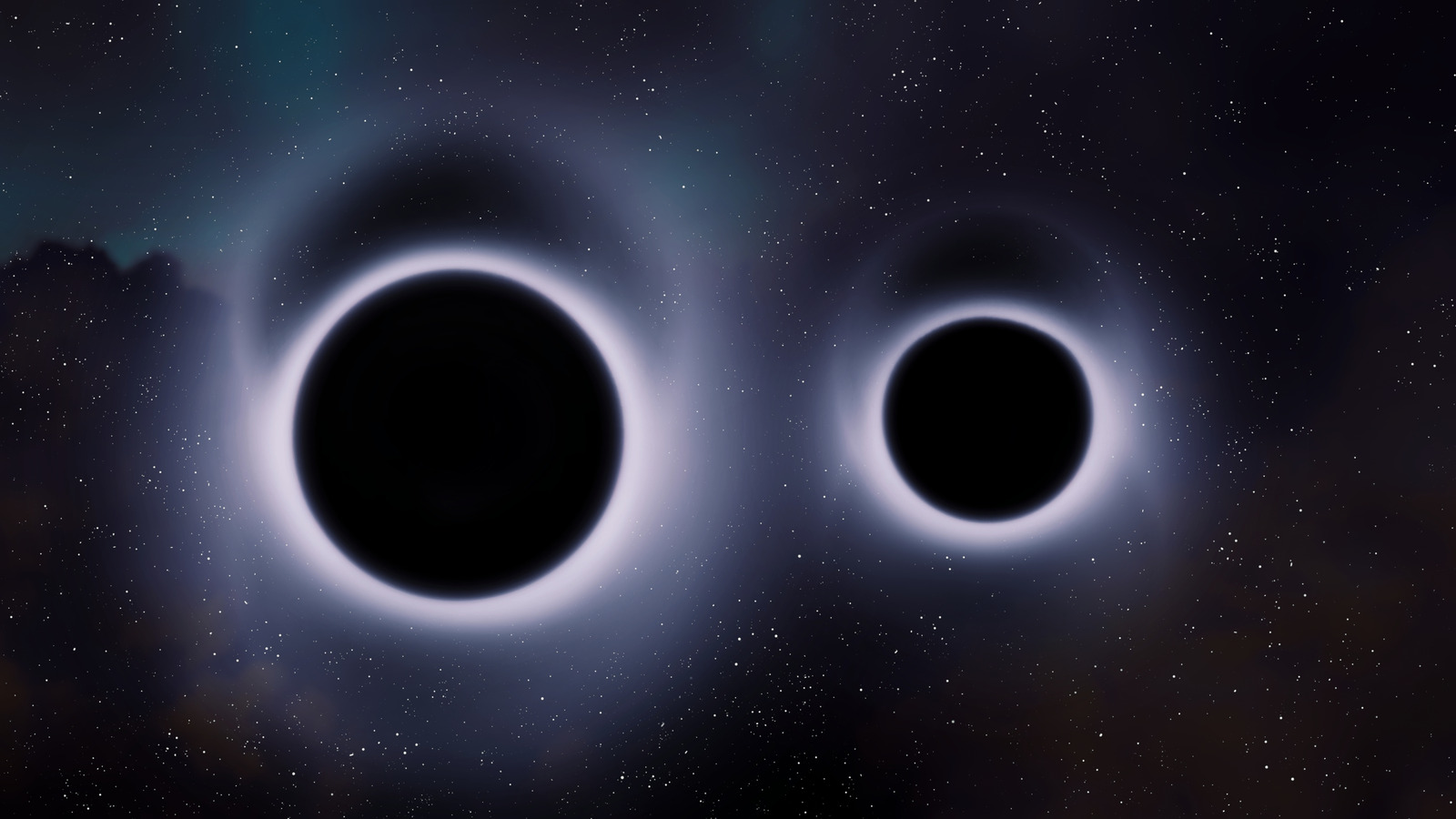
Imagine witnessing two black holes engaged in a cosmic dance, billions of light-years away! For decades, scientists speculated that these enigmatic quasars, among the brightest objects in the universe, might harbor a duo of black holes caught in a gravitational waltz. Now, a groundbreaking discovery has emerged: astronomers have captured direct radio images of this celestial spectacle for the very first time.
Utilizing an advanced network of telescopes both on Earth and in space, researchers have pinpointed a pair of supermassive black holes orbiting one another within the quasar known as OJ287. Located an astonishing 5 billion light-years away in the constellation Cancer, this quasar has now secured its place in astronomical history.
These cosmic behemoths are bound in an intricate 12-year orbital cycle. While black holes themselves remain cloaked in darkness, their presence is betrayed by jets of high-speed particles they fling into the cosmos. One jet is emitted from the smaller black hole, while another erupts from a colossal 18-billion-solar-mass monster nestled at the heart of this system, making it just over half the size of one of the largest black holes ever detected.
The significance of this discovery was underscored in a recent publication in The Astrophysical Journal on October 9. It confirms the existence of black hole pairs—an idea long considered merely theoretical, supported only by gravitational theories and indirect evidence.
What made this incredible breakthrough possible? A harmonious collaboration of data from terrestrial radio telescopes and cosmic satellites, including the Russian RadioAstron (Spektr-R). With its orbit stretching halfway to the Moon, this satellite was key to producing images nearly 100,000 times clearer than conventional optical telescope views. Ultimately, this discovery answers a question that has lingered in the minds of astronomers for ages.


















